You’ll want to know how to roast butternut squash this winter for an easy side dish through the colder months. Unlike summer squash, winter squash has a thick skin making them ideal for storing all winter long.
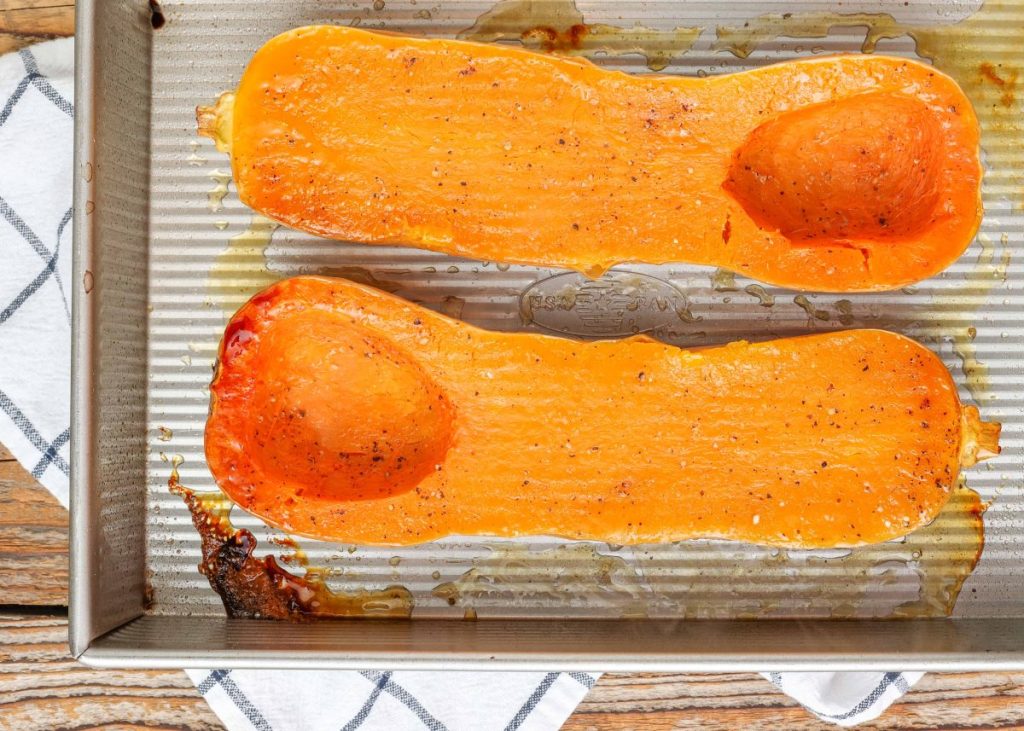
Roasted Butternut Squash
Oven-roasting butternut squash is the traditional way to prepare it. It is a simple easy way to prepare the squash that you can serve savory or sweetened with a little molasses or maple syrup.
Here are a few things to remember when making roasted acorn squash:
First, high-quality produce is always going to taste better. Start by finding a butternut squash that feels heavy and firm with no soft spots. A light peach or beige color is what you are looking for. Select squash that has a stem intact, your squash will last longer when you store it if it has a stem.
Second, carefully cut your butternut squash in half for roasting. Seriously, be careful. This is a hard winter squash and you will need a sharp knife and some force.
Third, the best-tasting butternut squash is oven roasted until the squash is tender and easily fluffed with a fork.
Soft and fluffy butternut squash is so delicious. You can serve it by scooping out the insides and topping it with butter and savory seasonings or drizzle with molasses or maple syrup. It is also quite satisfying sprinkled with brown sugar or granulated honey.
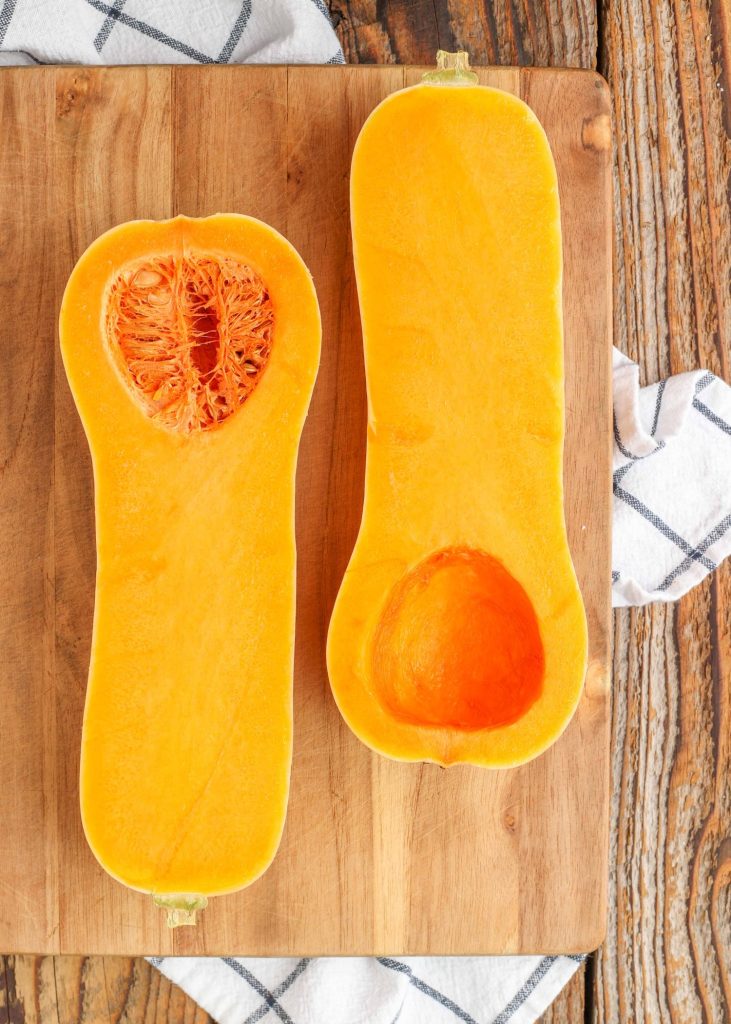
How to Roast Butternut Squash
Follow these directions on how to roast butternut squash.
Prep the oven: Preheat your oven to 400°F.
Prep the butternut squash: Cut the butternut squash in half lengthwise. Remove the seeds and webbing of the squash.
Drizzle the squash halves with olive oil and season with salt and pepper. Place the squash cut side down on a baking sheet. I often line mine with parchment for easy cleanup.
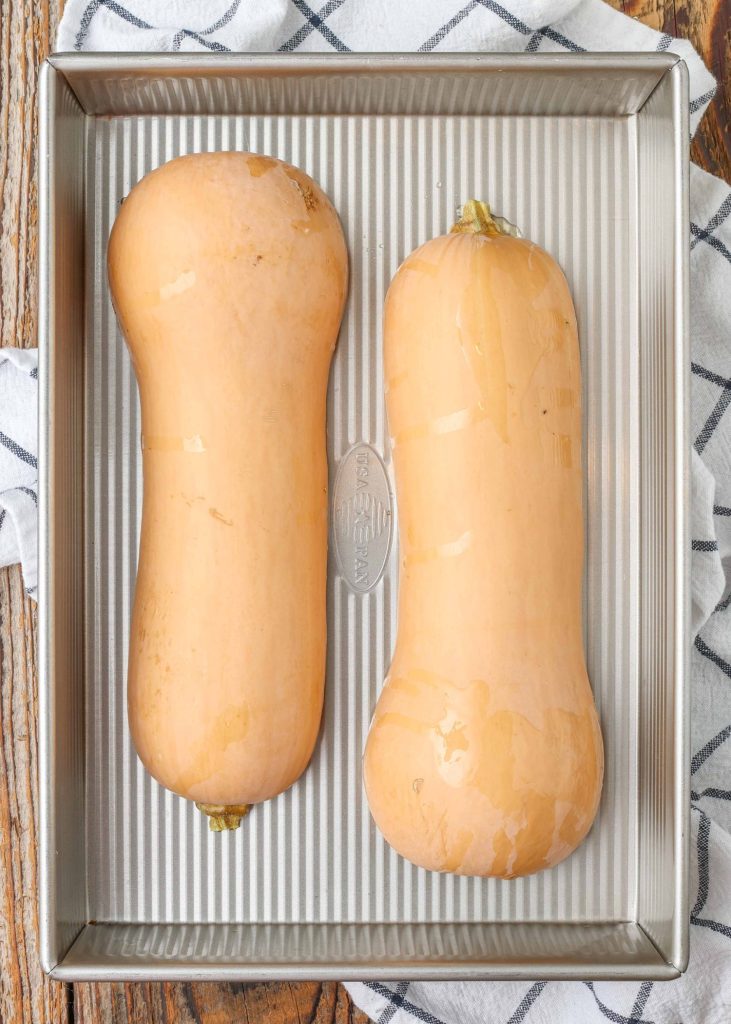
How Long To Roast Butternut Squash
Roasting butternut squash: Place the pan in the hot oven, and set a timer for 30 minutes. Depending on the size of the pieces, and the desired tenderness, it may take longer to finish.
But, you should be able to see a softer outside that is starting to give when the timer goes off. Test them for tenderness and flavor. It is unlikely that they will be finished at this point.
Continue roasting for an additional 10-15 as necessary. The squash will begin to brown towards the end of the cooking process.

A heavy spatula is needed for turning the squash or removing it from the pan. Cooked squash is quite heavy and you will want something sturdy to help you transfer it to a plate or serving dish without dropping it or burning yourself.
It usually takes anywhere from 30-40 minutes to roast butternut squash. When finished, the flesh should be soft and bright orange.
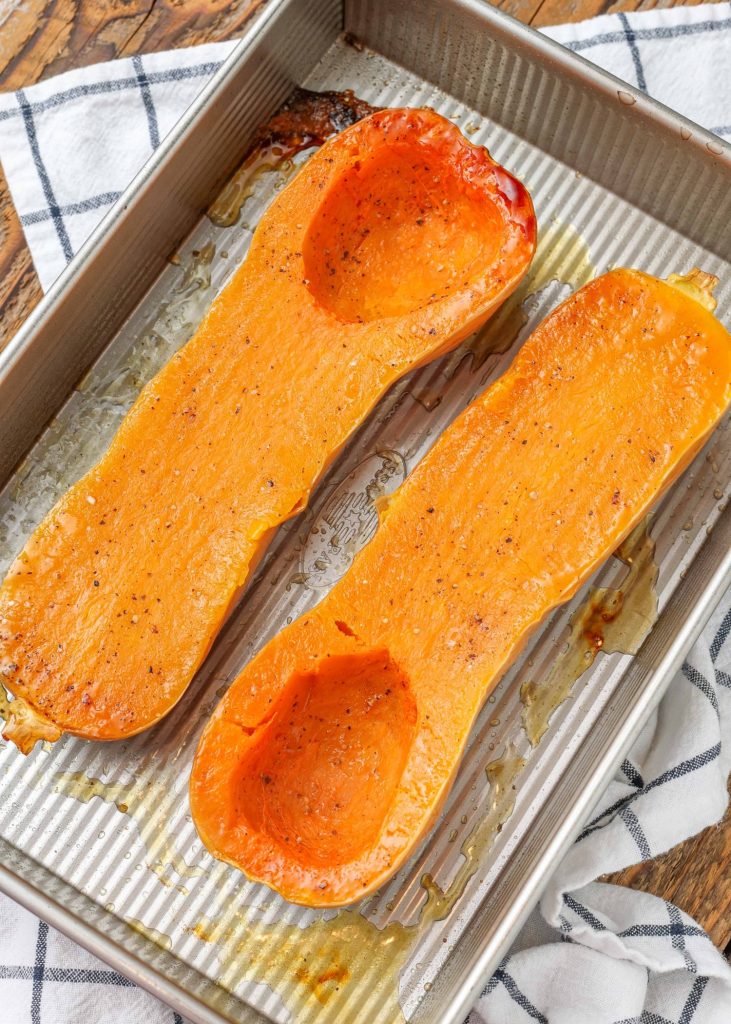
You can serve butternut squash with nothing more than butter, salt, and pepper. However, there are many different ways to enjoy it.
Look in the spice rack for inspiration. When you know how to roast butternut squash, you find that this versatile vegetable can handle almost anything from sweet to savory.
Many winter squash recipes are filled with savory sweet flavors like this recipe for sausage and apple stuffed acorn squash. It is savory and sweet with a touch of heat. My whole family enjoys it.
Roasted butternut squash with pasta is tossed with plenty of butter, garlic, sage, and red pepper for a flavorful take on this classic pasta dish. Butternut squash pasta is a vegetarian delight, enjoyed by everyone.
Fresh greens, spicy red onions, crunchy walnuts, chewy sweet raisins and cranberries, salty Parmesan, and roasted Acorn squash come together with a tangy sweet maple vinaigrette in this winter squash salad.
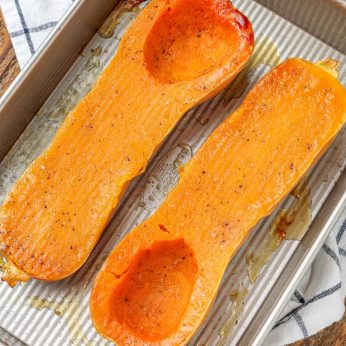
How to Roast Butternut Squash
Ingredients
- 1 butternut squash
- 1 tablespoon olive oil
- ½ teaspoon kosher salt
- ¼ teaspoon freshly ground pepper
Instructions
- Preheat the oven to 400°F. Cut the butternut squash in half lengthwise. Remove the seeds and webbing of the squash.
- Drizzle the squash halves with olive oil and season with salt and pepper. Place the squash cut side down on a baking sheet.
- Roast for 30-40 minutes. The squash will start to brown on the outside. When done, it should be fork tender yet still slightly firm. Remove from the oven and let cool until it can be easily handled.
Nutrition
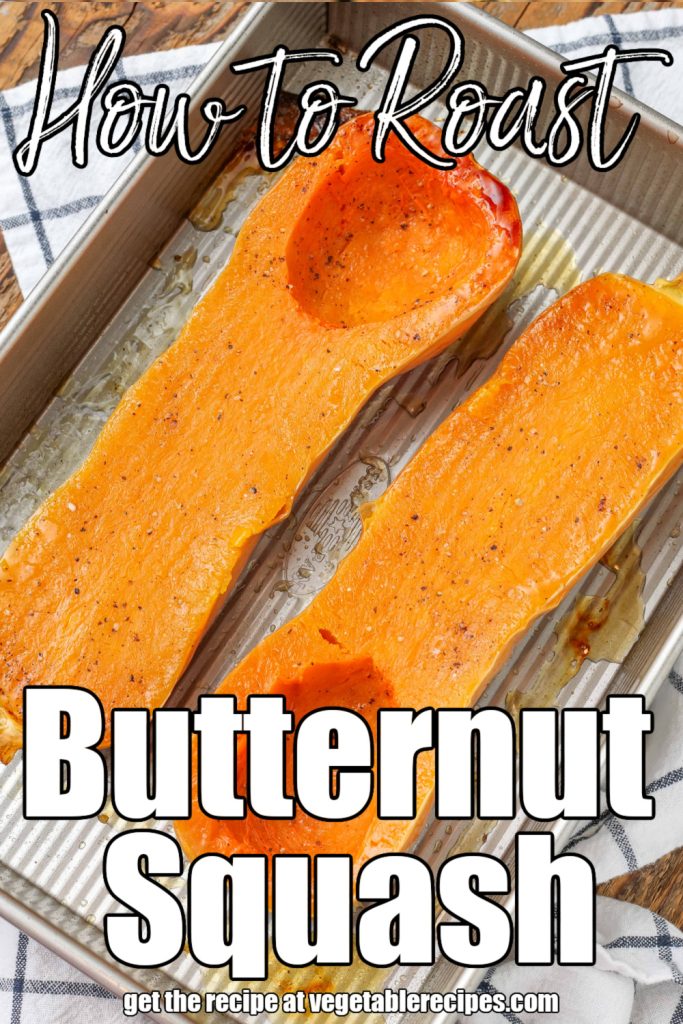
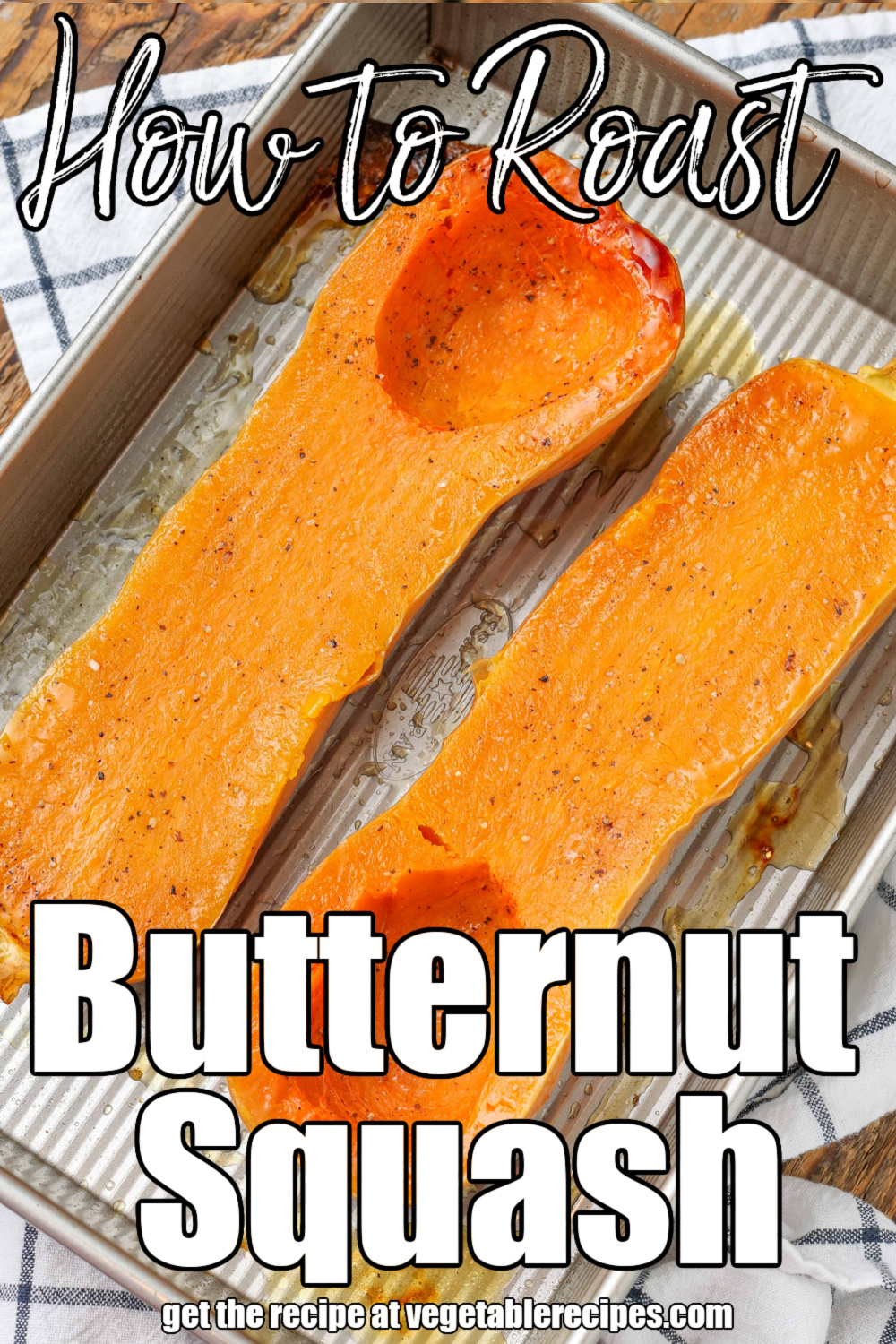
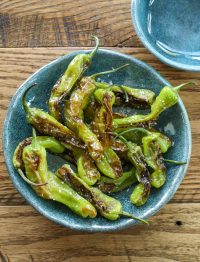
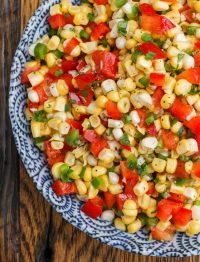
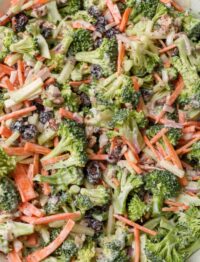
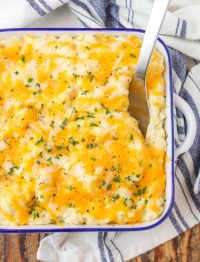

Rate & Comment